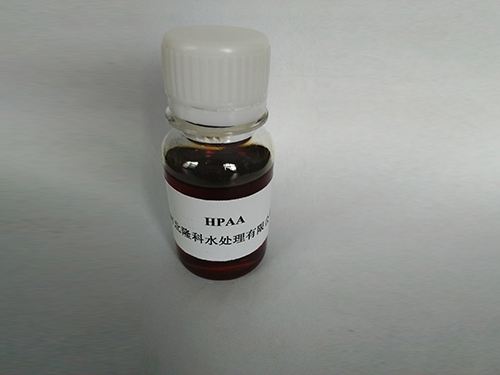Understanding the Applications and Benefits of Polyacrylamide in Various Industries
The Function of Polyacrylamide in Modern Science and Industry
Polyacrylamide (PAM) is a versatile polymer that has gained prominence in various fields due to its unique properties and functionalities. Composed of acrylamide monomers, this synthetic compound is notable for its ability to form gels and hold water, making it an invaluable player in several applications ranging from water treatment to agriculture and biomedical fields.
The Function of Polyacrylamide in Modern Science and Industry
In agriculture, polyacrylamide is used as a soil conditioner. Its water-retaining properties help improve soil structure, allowing it to hold moisture and nutrients more effectively. This function is especially important in drought-prone areas, where water conservation is crucial. By incorporating PAM into the soil, farmers can enhance crop production while minimizing water usage. Studies have shown that polyacrylamide-treated soils can significantly reduce irrigation frequency while still yielding healthy crops. This sustainable approach not only supports agricultural productivity but also contributes to environmental conservation.
polyacrylamide function

Biomedical applications of polyacrylamide are also notable. The gel-forming capabilities of PAM are utilized in various medical and laboratory settings. For instance, polyacrylamide gels are widely used in electrophoresis, a method for separating biomolecules based on size and charge. This technique is essential for DNA and protein analysis, making polyacrylamide indispensable in molecular biology laboratories. Additionally, PAM's biocompatibility has led to its exploration in drug delivery systems. Researchers are investigating its potential to serve as a carrier for therapeutic agents, improving the efficacy and targeting of medication while minimizing side effects.
Moreover, polyacrylamide's utility extends to the oil and gas industry. It is employed in enhanced oil recovery processes where it helps to increase the viscosity of water injection fluids. By using PAM, companies can optimize the recovery of oil from reservoirs, making extraction processes more efficient. The ability to manipulate fluid properties with polyacrylamide is a significant advancement in petroleum engineering.
Despite its numerous benefits, the use of polyacrylamide raises environmental and health concerns, particularly related to the acrylamide monomer, which is classified as a potential carcinogen. This has prompted researchers to develop safer alternatives and to explore ways to use polyacrylamide responsibly. Regulatory bodies continue to monitor its usage and provide guidelines to minimize exposure risks.
In conclusion, polyacrylamide serves a multifaceted role across diverse sectors including water treatment, agriculture, biomedical research, and oil recovery. Its unique properties enable it to address critical challenges faced in these fields, from improving water quality to enhancing crop yields and facilitating medical research. As technology advances and the demand for sustainable practices grows, the functions of polyacrylamide are likely to expand, paving the way for innovative applications that balance efficacy with environmental safety. The ongoing research and development in this area promises a brighter future for polyacrylamide, solidifying its importance in modern science and industry.
-
lk-319-special-scale-and-corrosion-inhibitor-for-steel-plants-advanced-solutions-for-industrial-water-systemsNewsAug.22,2025
-
flocculant-water-treatment-essential-chemical-solutions-for-purification-processesNewsAug.22,2025
-
isothiazolinones-versatile-microbial-control-agents-for-industrial-and-consumer-applicationsNewsAug.22,2025
-
scale-inhibitor-key-solutions-for-water-system-scale-preventionNewsAug.22,2025
-
organophosphonates-versatile-scale-inhibitors-for-industrial-water-systemsNewsAug.22,2025
-
scale-and-corrosion-inhibitor-essential-chemical-solutions-for-water-system-maintenanceNewsAug.22,2025





